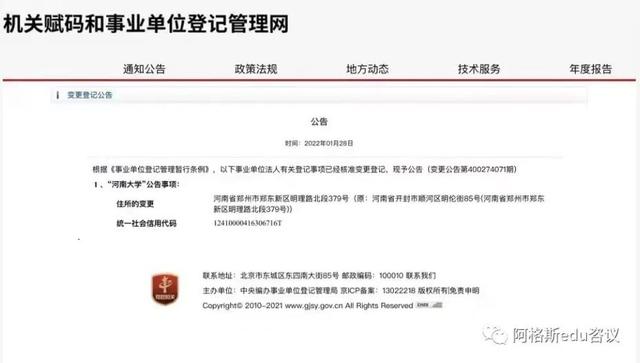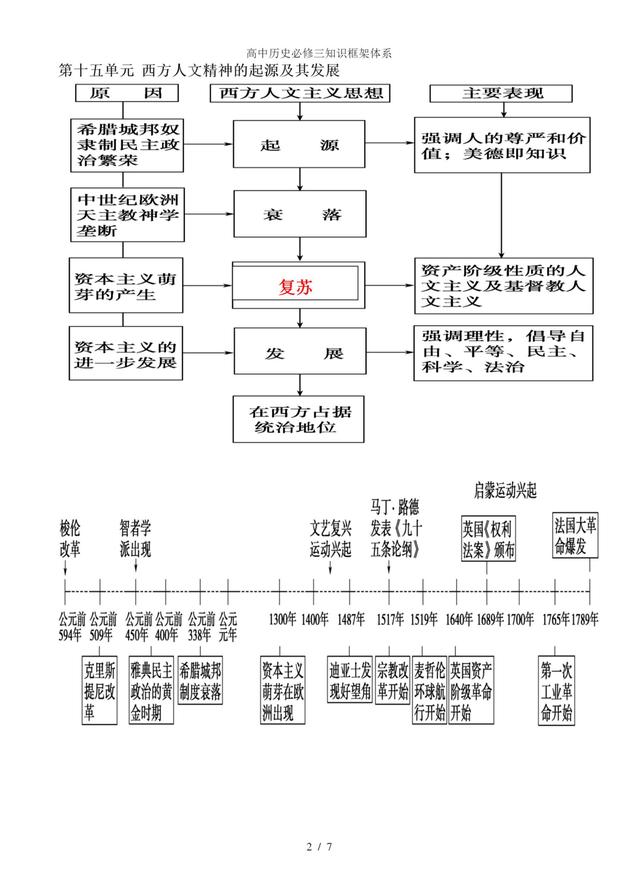在采取顺译法进行英译时,我们需要分清句子的信息中心。汉语的信息重心在许多情况下不体现在形式上,而是体现在内在逻辑关系上,因此汉译英时应该把汉语隐性的主次关系发掘出来译成英语的主从复合句。比如:

世界正处于全球一体化的过程中,电信行业不可避免地日趋国际化,所以我们认为我们在这个市场中处于十分有利的地位。
The world is globalizing and the telecommunications industry is becoming more and more global, and we feel we’re well-positioned in that market place.
汉语原句是由三个小句构成的一个句子,翻译时可以按照汉语的顺序进行,但需要增加相关的衔接词,比如,增加两个并列连词and将句子连接在一起,使译文更符合英语的表达方式。再比如:

全球化战略的缺点之一是,整体的竞争策略可能会暂时牺牲其在某些国家的收入、利润或竞争地位——尤其是当企业让其在某个他国的子公司去攻击一个全球性的竞争对手,以传递一个信号或迫使这个竞争对手转移在另一个国家的资源的时候。
Actually, one of the disadvantages of the Global Strategy is that integrated competitive moves can lead to the sacrificing of revenues, profits, or competitive positions in individual countries -- especially when the subsidiary in one country is told to attack a global competitor in order to convey a signal or divert that competitor’s resources from another nation.
再翻译时我们可以完全按照顺译法译成一个英语的表语从句。但是根据上下文的要求,增加了that和when引导的从句。原文中的“整体的竞争策略”译为integrated competitive moves ,“在某个他国的子公司”译为subsidiary in one country。再比如:
汽车进站了,车门打开了,//我刚想上前帮忙,却见车门底部伸出一块钢板,稳稳地下降,降到与地面平齐后,那残疾人手摇轮椅上了钢板,钢板又稳稳的回升,// 待升到与车门平齐的位置后,残疾人又开始摇动手轮,轮椅便沿钢板稳稳地进了车厢。
The bus came to the stop and the door opened. I was about to give the disabled passenger a hand when a steel plate slid out from the bottom of the door, lowered level to the ground, and rose again after the man moved his wheelchair onto it. As I reached the level of the door, the man easily maneuvered into the bus.
原文是由11个小句组成的汉语长句。翻译译成英语时我们可以采用顺译的方式将整个长句翻译成三个独立的句子。第一个斜杠前的第一、二个小分句译成由and连接的并列句。从第三分句“我刚想上前……”到“钢板又稳稳的回升”翻译成一个由when引导复合句。原文的剩余部分翻译成一个句子。
在汉语译成英语时,除了把原句的内在逻辑关系找出来之外,我们还要注意增加相关的关联词,使翻译出来的英语句子更加地道。
,




